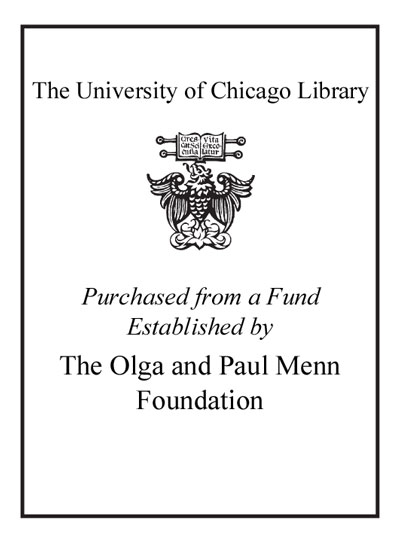Review by Choice Review
Sultanof discusses a full century of big-band jazz, using the reporter's concept of who, what, when, where, and how to help readers understand the genre's history. Preceding the nine chronological chapters are helpful time lines and definitions of key musical elements. Each chapter begins with an overview of historical and socioeconomic circumstances that influenced the music and the public's relationship with the genre in the period discussed. Of note in this regard are the effects of the Depression, WW II, the British invasion, and disco. Each chapter highlights songs considered classic to the era. The book is valuable both for the history of the genre it offers and for the fact that each chapter can stand on its own. Readers can read chronologically or pick chapters that focus on their passion or chosen area of study. At the book's conclusion, additional reading and listening suggestions are listed by artist; an index of song titles follows the general index. Whether readers are jazz connoisseurs or jazz dabblers, this is a valuable tool for delving into the unique genre of big band jazz. Summing Up: Recommended. Lower-division undergraduates through faculty and professionals; general readers. --Taylor Emery, Austin Peay State University
Copyright American Library Association, used with permission.
Review by Publisher's Weekly Review
Big band jazz gets a concise, balanced analysis from Sultanof, a composer-arranger and professor at the Institute of Audio Research in New York City. Sultanof surveys the rise and fall of the music form from its American origins in 1918 through the early 1950s, when the public flocked to dance in packed clubs, to the present day. He examines the bands' popularity through the lavish venues in which they played, and the arrival of radio, improved sound recordings, and booking agencies that brought talent to wider audiences. Sultan writes enthusiastically about the heralded ensembles and arrangements of Count Basie, Duke Ellington, Fletcher Henderson, Benny Goodman, and Glenn Miller ("Fred Astaire didn't make too many records in his incredible career, but his meeting with the Goodman band and the sextet is pure magic," Sultanof writes about the song "Just Like Taking Candy from a Baby"). He is especially astute in documenting the well-received bands of World War II, the yearlong musicians' strike, the singers, the use of foreign rhythms, and the shift to smaller groups. His guide takes readers up through more recent arrangers Gil Evans, Gary McFarland, and Don Sebesky. Sultanof has written a handy, detailed reference for jazz music listeners. (Nov.) © Copyright PWxyz, LLC. All rights reserved.
Review by Library Journal Review
Sultanof has had a long and distinguished career as composer, arranger, and jazz historian, working with musicians of the caliber of Sonny Rollins and Gerry Mulligan and publishing the arrangements for Miles Davis's legendary 1949-50 Birth of the Cool sessions. Though written for novices, this book will be of value to all lovers of jazz bands, introducing numerous ensembles that may have eluded them. Several of these groups only marginally qualify as jazz, but that's for the good, as styles spread outside of straightforward jazz, and jazz musicians were recruited to play them. Sultanof's choice of songs is tilted toward what's playing on YouTube or Spotify. Thus, readers can listen to cuts while reading about them in the book. In some cases, though, superior selections are passed over in favor of lesser recordings as a consequence. Some descriptions of recordings are so brief they are seemingly pointless, but where Sultanof takes time to analyze, he is first-rate. Above all, his knowledge of the band scene from the 1910s to the present is unparalleled. VERDICT This titles should appeal, with the reservations noted above, to everyone interested in jazz or big bands.-David Keymer, Cleveland © Copyright 2017. Library Journals LLC, a wholly owned subsidiary of Media Source, Inc. No redistribution permitted.
(c) Copyright Library Journals LLC, a wholly owned subsidiary of Media Source, Inc. No redistribution permitted.
Review by Choice Review
Review by Publisher's Weekly Review
Review by Library Journal Review

